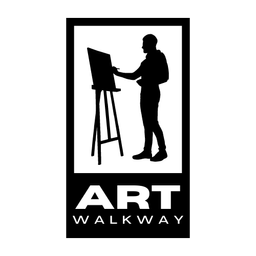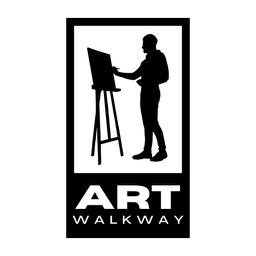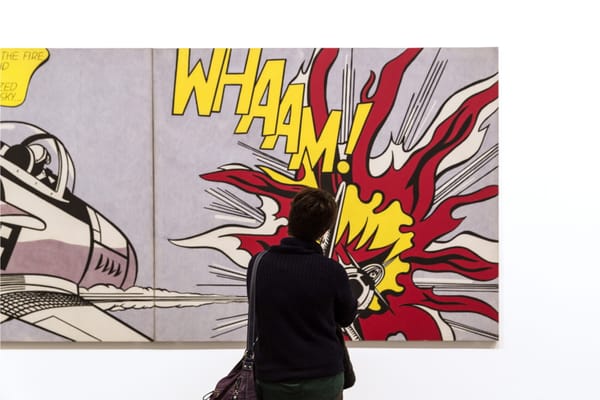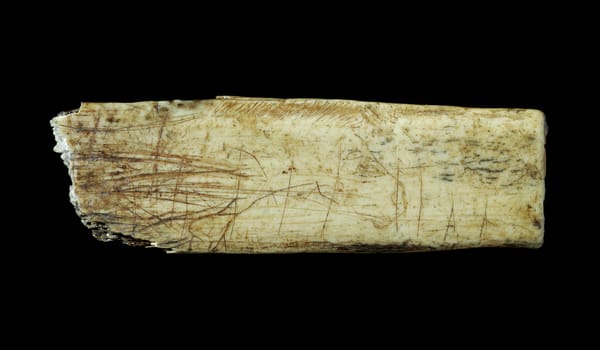Who Will Save America’s Public Art? 26,000 Masterpieces at Risk as Federal Caretakers Are Fired
Without preservation, these works—ranging from Depression-era murals to contemporary sculptures—are at risk of neglect, damage, or disappearance.

Art belongs to the people. That was the promise. From New Deal murals in post offices to sculptures standing in front of courthouses, American public art was meant to be for everyone, to remind us that beauty, creativity, and history are part of civic life. Now, that promise is being broken.
The Trump administration has begun firing federal art caretakers, the people responsible for preserving over 26,000 public artworks across the country. At least five regional offices have been shut down. More than half of the division’s staff has been put on leave. Without them, the fate of these artworks—murals by Millard Sheets, sculptures by James Turrell, photographs by Edward Weston—is uncertain.
These are not just decorations. They are part of the nation’s history, woven into the walls of courthouses, federal buildings, and public spaces. They were created for the people, by the people, commissioned by the government as a commitment to culture and public good. Now, that legacy is at risk of being abandoned.
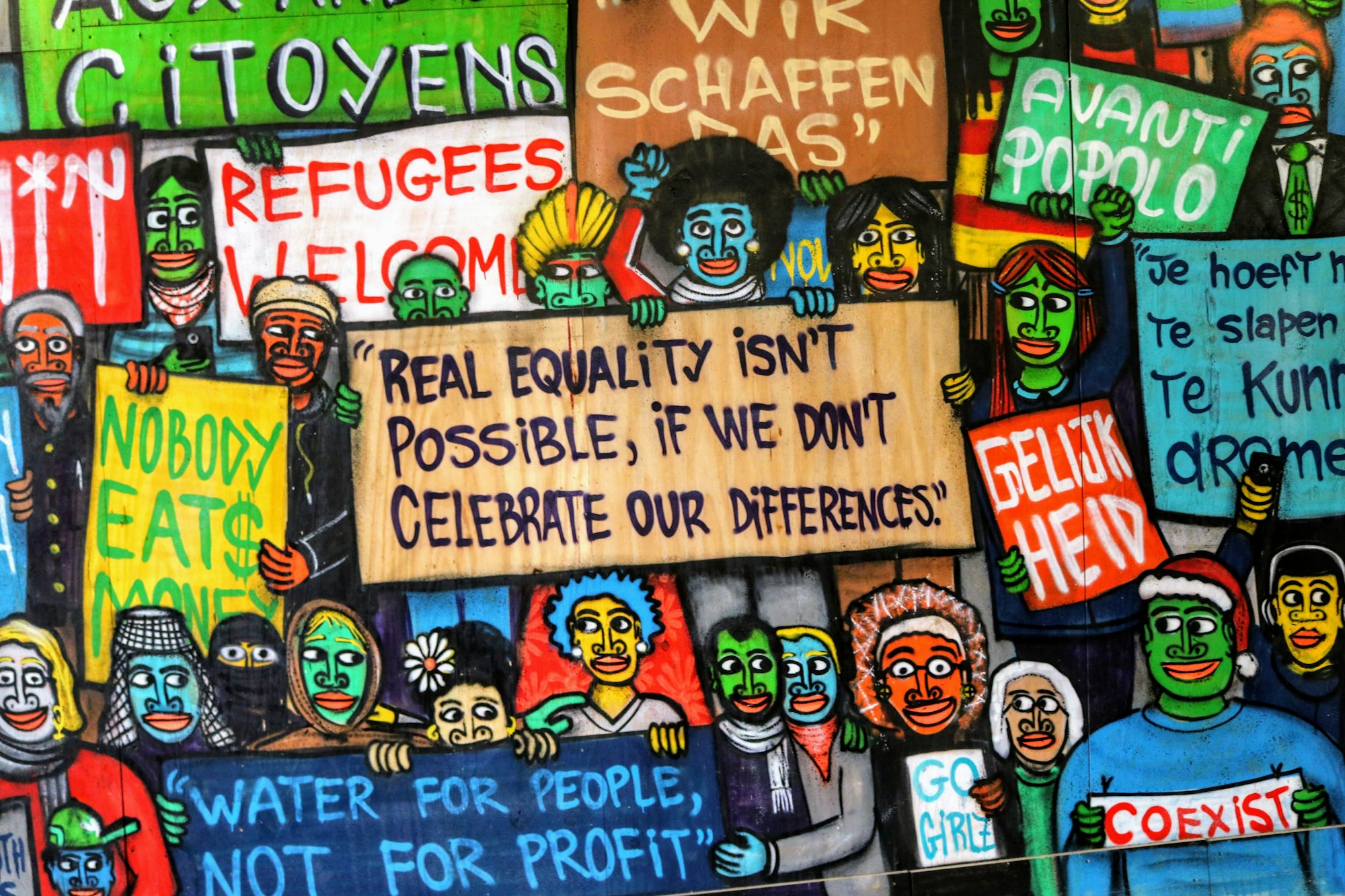
When art is left uncared for, it disappears. Murals fade. Sculptures crack. Paintings deteriorate. Art needs preservation, attention, and stewardship. Without it, history is erased, and pieces meant to inspire future generations are lost to neglect. The Great Depression nearly wiped out an entire generation of artists—until the federal government stepped in with Roosevelt’s New Deal. Now, America is walking away.
This is not just a budget cut. It is a cultural betrayal. A nation that lets its public art decay is a nation that does not value creativity, does not value history, does not value the artists who built its visual identity.
The question is simple: who will step in? States? Museums? Private collectors? Or will these works slowly disappear, another casualty of a government that sees art as expendable?
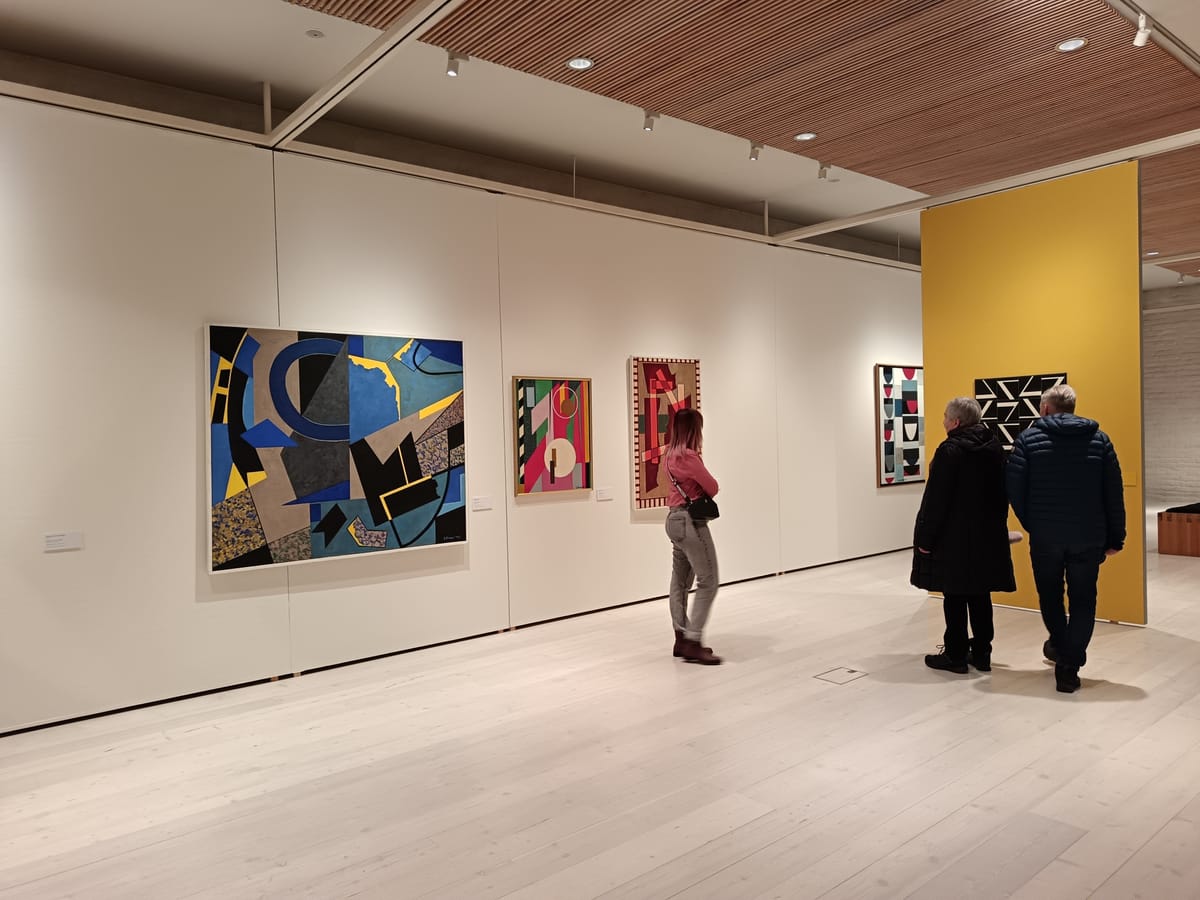
Public art is a promise. A democracy invests in creativity because creativity is its foundation. If these works are forgotten, if they are left to rot, then America has sent a message: Art does not matter. History does not matter. The people’s voice does not matter.
But art is not so easily erased. It has survived wars, economic collapse, political upheaval. And it will survive this—if people fight for it. If cities, communities, and institutions refuse to let these pieces fade into obscurity. If Americans demand that their cultural heritage is worth preserving.
The artists who created these works believed in a future where their work would still speak, still stand, still be seen. Will we prove them wrong?
ART Walkway News


